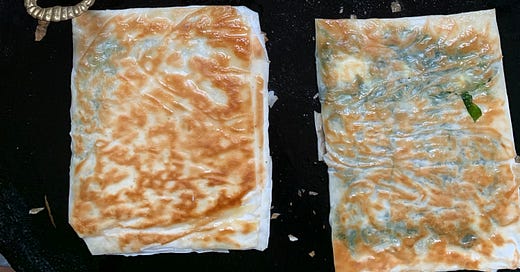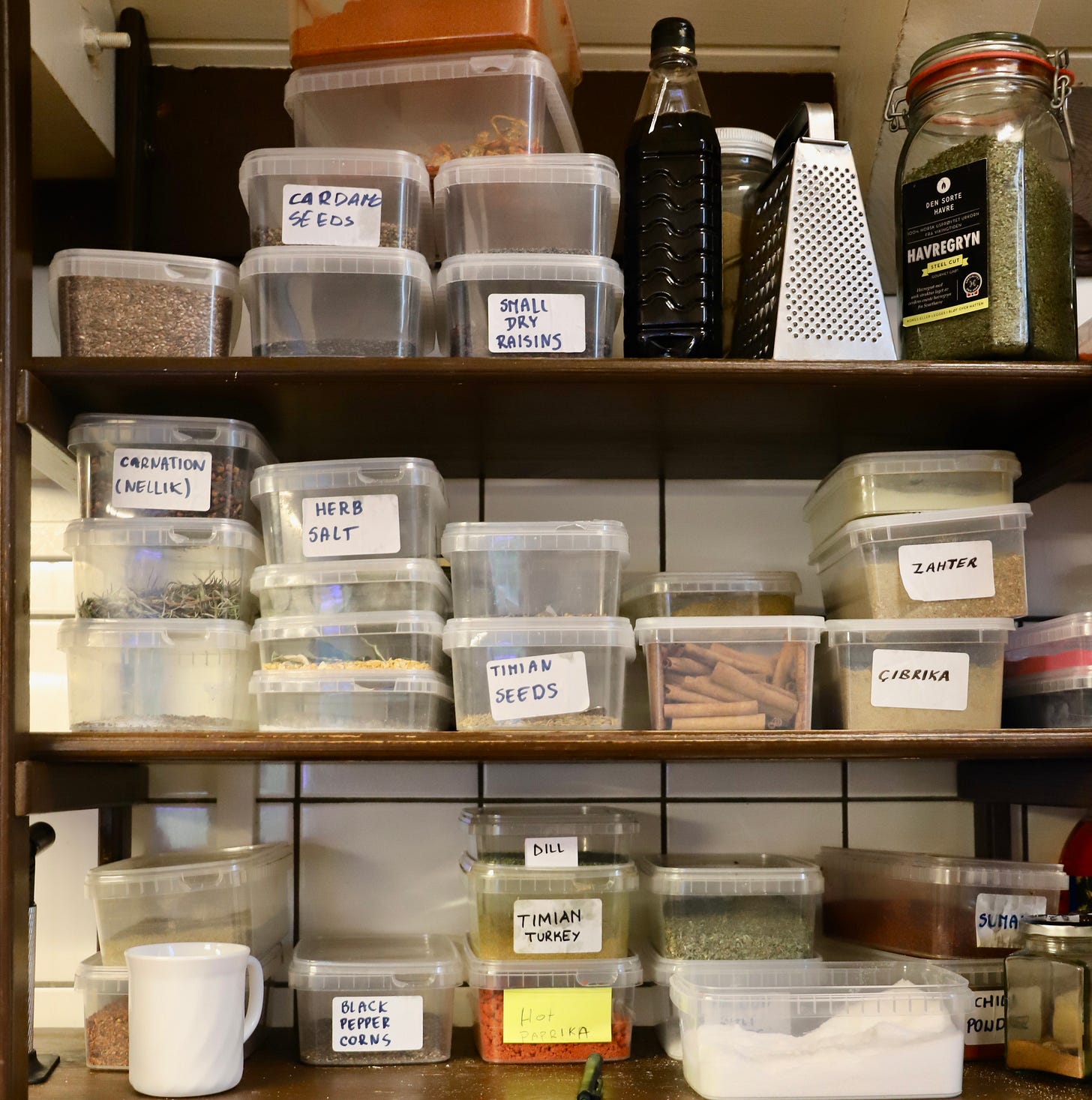There are two reason I found myself in Norway in September. One was the forethought of needing a creative refresh after the birth of my second child. I started looking for a residency just a few months after he was born. Two, to cook, to eat, to explore. Any opportunity to travel AND cook, count me in. I am endlessly fascinated by new ingredients and techniques. That is how google lead me to In Residence in the Arctic, which lead me to a zoom chat with Tuba Ardic, Chef and Partner of Ciderhuest and Balholm, which lead me to a 24-hour travel day with a 1 & 3 year-old (the stuff of madness I say!), which lead me to the deep and ancient Sognefjord on the west coast of Norway, where I landed in a ruddy little clapboard house to call home for ten days, greeted by a fridge filled with raspberry jam, apple juice, cider, and bowls of local plums. I knew at that moment, I was in the right place.
Ciderhuset in Balestrand Norway is a family run restaurant and tasting room that is a sister business to Balholm distillery and cider making. This region has long grown apples, with records dating back to the viking age. Balestrand’s shielded location removed from the notoriously dangerous North Sea provides a region ideal for fruit growing. The Eitungjerde family that own Balholm and Ciderhuest are the first to graft and grow english and french cider trees in the Norwegian climate. The ciders they make are exceptional, and are well respected throughout Scandinavia.
Tuba Ardic is the chef and partner of this family run business. In this picturesque Norwegian village, she is cooking up the most delicious Turkish food and it is beloved by the locals and tourists alike. She has tomatoes trellised in the tasting room, a pantry stocked with dried mint, sumac, and za’atar, a fresh herb garden outside the kitchen door, and a most beloved Turkish ingredient readily on hand- phyllo dough. She is an endlessly energetic and driven individual. Her menus not only showcase her Turkish heritage, but reflect her love of her Nordic home. Rhubarb week, cauliflower week, and berry week are just a few of her creative celebrations highlighting local vegetables and fruits in their peak season.
She and I spent ten days talking about food, motherhood, and family. We drank a lot of espresso and did a lot of cooking. We shared ideas in food and business and dreamed up future plans to cook together in Norway and Turkey. We adventured. Driving the twisting mountain roads we went to local farm Rendedal Gard, nestled in among the bucolic steep mountain side surrounded by cascading waterfalls to get the last of the summer seasons bounty. On our Fjord fishing trip, Captain Tor of of Go Viking Sognefjord was insane enough to let me drive his boat. In the kitchen we spent an entire day focused on some of her favorite traditional Turkish dishes. Yufka, borek (and its many shapes), and gozleme were among some of my favorite learned techniques. In Tubas presence I had phyllo dough magic: no tears and messes. Ben and I cooked for her family, she in turn cooked for mine. Each evening was a feast, a gathering of our children and parents and the many amazing people who bring Ciderhuset to life. For a brief moment in time, I shared in the beauty of Norwegian life.
My trip was restorative. I came away from the trip with a new perspective and a suitcase full of preserves and dried meadowsweet. I am a convert. I warn my children of trolls, crave heart shaped waffles, and endless fjord views. Norway is epic. A combination of perfect temperatures, epic light, access to pristine nature, and lovely people. Would I move to Norway; yes. It would be fairly easy for me slide right into small town Norwegian life, with a daily dose of turkish food of course.
Bringing home some of Tuba’s Turkish amazing recipes has had varying degrees of success. I question the quality of the phyllo dough I am using (but maybe the absence of Tuba, my phyllo mentor, is the problem). I have had more tears in my phyllo folds but regardelss of my varying degree of success I want to share this recipe for Gozleme. I find this meal to be easy to prep and a treat to eat. The challenge is in the handling of the phyllo, but even if it tears- it can still make for an amazing meal. I have linked a few videos to help see some of the techniques.
MY FAVORITE THINGS THIS WEEK
WATCHING: PARTS UNKNOWN
It has taken me some time to go back to this brilliant series hosted by Anthony Bourdain. It aways made me feel a little heart broken. The entire catalog is available on HBO. I particularly love any episode that has Bourdain and Eric Ripert teamed up. Bourdain’s brilliant writing which is audible thought the series is an constant source of inspiration.
COOKBOOKS TO READ: COOKING NEW ISTANBUL STYLE BY REFIKA MUTFAGI
For more on Turkish food, Tuba recommends this cookbook. The edition she had in the kitchen was in both English and Turkish.
COOK THIS: TURKISH GOZLEME
makes around 5 large rectangles
1 stick of butter- melted
5 oz baby spinach, cleaned and stemmed
1 shallot, sliced thinly
6 oz feta
1 teaspoon sumac
½ teaspoon salt
10 shishito peppers (optional), thinly sliced
2 tablespoons olive oil
*Phyllo Dough
1 egg
*You will use around 8 sheets of phyllo, but have extra in case they tear.
Melt the butter in a small sauce pan and set aside.
In a bowl add the baby spinach, shallot, feta, sumac, salt, (optional) shishito peppers, and olive oil. Mix together well.
Unroll two sheets of phyllo, stacked on top of each other. A tip to working with phyllo is not to let it dry out. Keep it covered with a towel when not in use. Only have it uncovered when you are ready to fill.
Click this link from YouTube to see how to fill the fold the Gozleme. The demo uses 3 sheets of phyllo but I recommend only using two.
Cooking: Heat a large cast iron or non-stick pan over medium high-heat. Gently place the filled phyllo on the pan. Brush the top with butter. After about 2 to 3 minuets, when the bottom is beginning to turn golden, flip the phyllo with a large, wide spatula. Brush with butter and cook for 2 to 3 minutes. Flip again. Repeat this process 3 or 4 times, allowing the phyllo to cook while the dough continues to get a deep golden brown.









